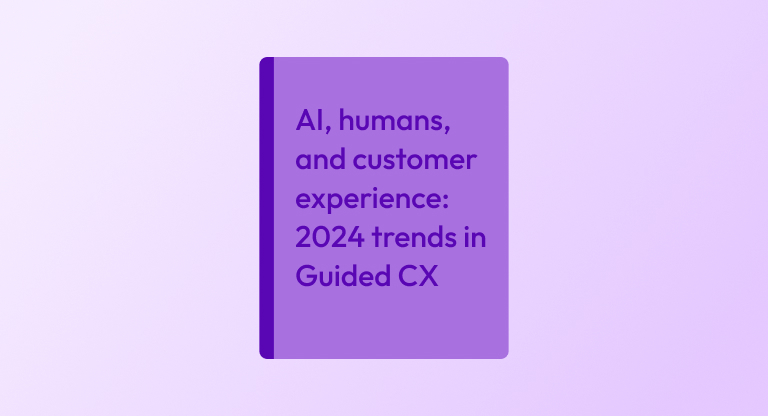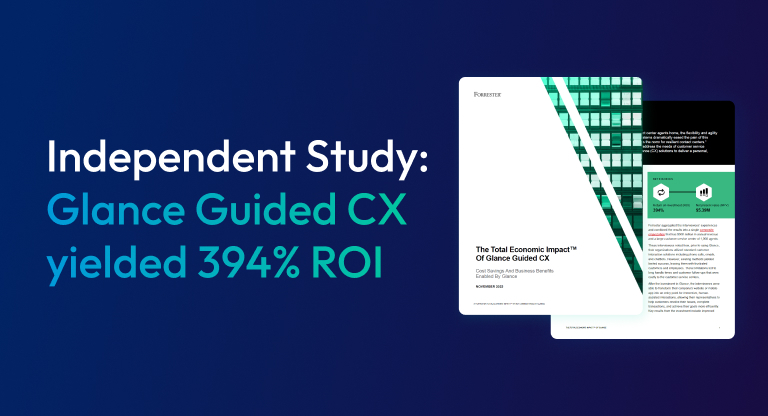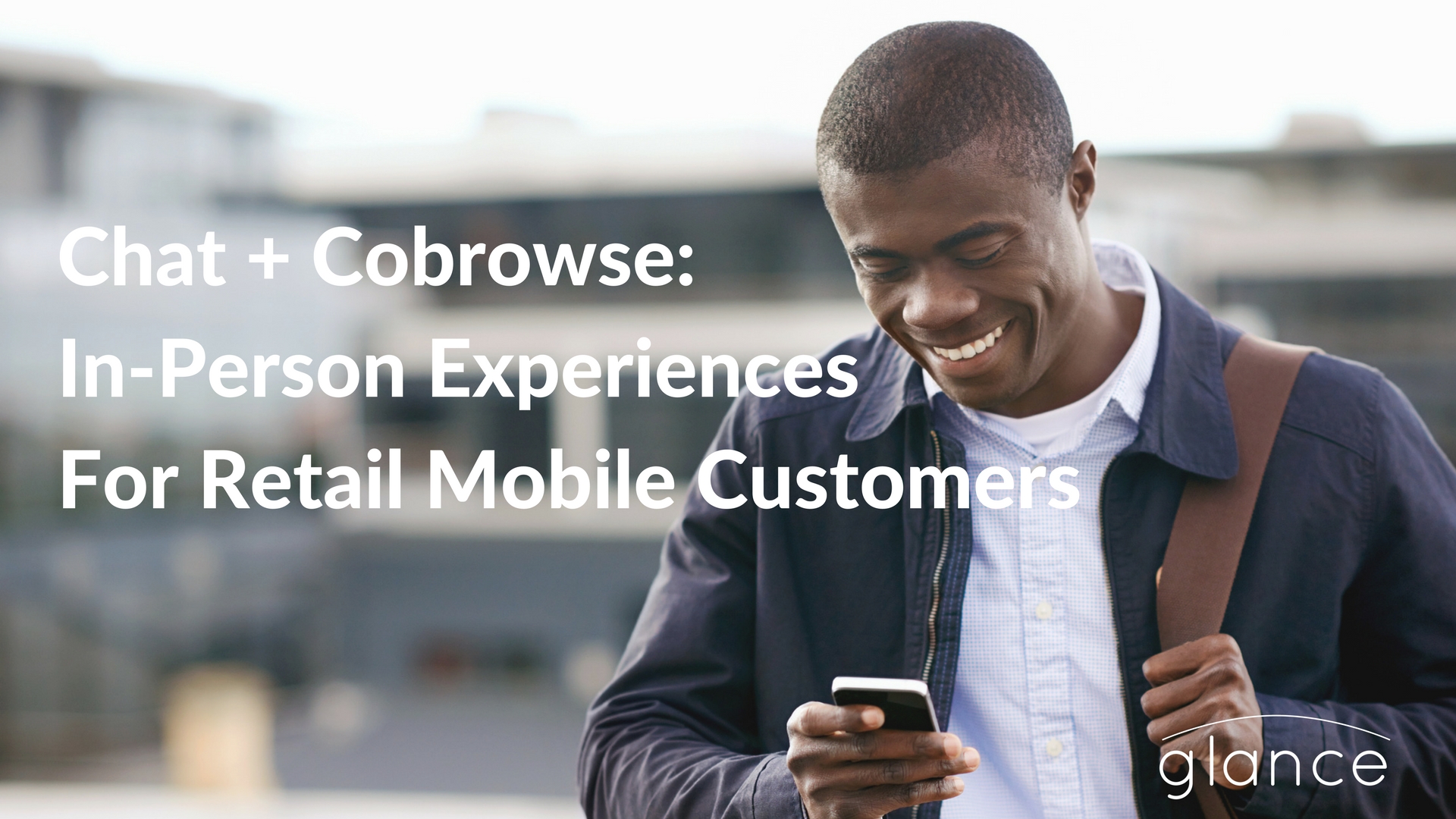As more and more of us use our smartphones to do, well, just about everything, mobile app experiences are increasingly becoming the primary arena for business-to-customer interactions.
This is potentially great news for both customers and businesses. It’s more convenient for people to reach out when and where they want, and for businesses, it means there are more ways of engaging with customers and a bigger window of opportunity in which to engage.
Your customers can now literally carry your app with them, in their pockets, everywhere they go. Your brand is literally always at their fingertips.
In practice, though, for many companies, this potential remains unrealized – because, as most of us know, not all mobile app experiences are created equal.
We probably all remember a time when a bad experience with a new app (or with a new feature in a tried-and-tested app) drove us fuming in the direction of the nearest ‘uninstall’ button.
An experience like this can decisively turn us away from the company which provided it. In the U.S. (according to PwC) 59% of customers will walk away after several bad experiences with your product or brand – and 17% will walk after just one.
Conversely, a great mobile app experience can make us very well disposed towards the app’s provider, who’ve made our days (and lives) easier by ensuring that using their app is easy and rewarding.
A great mobile app experience is a great customer experience – and customer experience has real, tangible value. McKinsey has reported that getting your CX right can lead to a 20% improvement in customer satisfaction, a 15% increase in sales conversion and a 30% increase in employee engagement.
Clearly, then, mobile app experience is super important. But how do you make sure you’re encouraging usage, adoption and brand loyalty with yours?
You follow the leaders.
What do the best app designers do to make their app experiences stand out from the rest? We’ve boiled it down to 3 principles …
1. They ask themselves what their users really want and need
The best mobile apps are designed by people who – before designing anything, be that a new feature or even the whole darn ‘app-chilada’ – ask themselves what demand (if any) they’re supplying.
Starting with the most fundamental one: ‘Should we even be pushing a mobile app for our services?’
You might be surprised by how many companies neglect to ask themselves if they even need an app. Many launch one, not because there’s a demand for it, but because they figure it’s what they’re ‘supposed’ to do.
Don’t be one of those companies. Read the room before you follow the herd.
Having established that there is an appetite for a mobile app amongst their customers, the next question to ask yourself (as the leaders in this space do) is: ‘How will our users really use this app (or feature/s)?’
The answer to this question should then guide both your initial design and subsequent developments.
An example: will users only have to use your app on a sporadic basis, or should their usage be continuous and ongoing?
Sporadic users will probably need some hand-holding when they periodically return to use your app – and you’ll want to design help prompts and guidance options into your app. But if your app users are logging in once a week or every day, smothering them with excessive support could be extremely annoying.
In reality, of course, most mobile apps have a mixture of sporadic and continuous users. So you’ll have to design your mobile app with both camps in mind, offering the option of help to those who need it – and the option of being left alone for the rest.
Incidentally, knowing how your users use your app should also determine how you measure the app’s success. If you expect mostly sporadic use and your users aren’t logging in all the time, that’s fine; if your app is designed for continuous use but they’re abandoning it after one use or getting stuck when trying to complete a transaction? That’s… not so good.
Another example of usage dictating design: security. Do your app’s users need to authenticate every time they log in? If you’re a banking app, almost certainly yes. If not? It could be a needless annoyance.
One cool trick that will help you out here is to ask users questions when they’re onboarding to signal what their expectations and goals are around using your app, how often they expect to use it – and so on.
But (at least at first) there will have to be some hypothesizing. Which brings us to the next question you need to pose to yourself: ‘How well do I understand my potential user journeys?’
The best apps are designed with a thorough understanding of potential user journeys and flows – starting with the most used flows and transactions from the company’s online (desktop) portals and browser-based/web-based software.
Their designers have defined their key personas (including their goals and varying degrees of technical aptitude) and mapped out every conceivable permutation of a journey these personas can take. (For tips on mapping out your customer journeys, check out our blog on customer experience mapping.)
Having done this homework, these designers are able to offer relevant support throughout just about every user’s typical journey on their mobile app.
Hallmarks of a thoroughly mapped out mobile app user experience include:
- Highly personalized onboarding experiences that make a fantastic first impression
- Relevant notifications that reward and excite (rather than irritating and alienating)
- Personalized support options when they’re needed most
- Feature parity to the provider’s desktop experience, making the transition to mobile app easier
If you want to deliver an app experience like this – one that’s designed for specific customers rather than everybody and nobody in particular – you need to make sure you really look before you launch.
2. They get constant in-depth, in-the-moment feedback from users
Even the companies who go above and beyond to ensure their app’s customer journeys are perfectly plotted out before developing a single feature won’t get those journeys 100% right or cover all bases. (Although they’ll be a lot closer to the mark.)
But that’s okay – so long as you understand and take advantage of the iterative nature of apps, it won’t take long to readjust to reality.
A good app is never definitively launched. Rather, it’s continuously launched, with new and (hopefully) improved versions always just around the corner.
This means that even if you’re performing user testing with prototyping tools, every time you release (/re-release) your app into ‘the wild’ there’ll be customers who use it in unexpected ways.
By the same token, each new iteration of your app presents your customers with unexplored territory, too – and even a loyal customer might be turned off by a new feature they don’t understand or like.
Leaders in mobile app design use the iterative nature of app development to their advantage by continuously drawing on user feedback. They find ways to connect with users during those crucial post-launch periods when both customers and designers are figuring out what works and what doesn’t.
Usage patterns can show where in your mobile app journey your users are getting stuck, but they can’t tell you exactly why they got stuck. Were they confused about the next step they should take? Were they surprised by where they had been taken? Could they not find the information they were looking for? Or were they simply distracted from what they were doing?
Tracking usage doesn’t get you beyond a high-level overview. To get at the nuances involved in your users’ actual in-app experiences, you need to talk to those users – ideally in-the-moment, as they’re engaging with (and potentially struggling with) your app.
When you’re able to directly reach out to and connect with stymied customers, you not only get to help them progress forward then-and-there, but you also get crucial insights into the micro-moments of CX that don’t show up in usage data.
Being aware of these hidden blocks will help flesh out your customer journey maps and improve your app design on an ongoing basis. (You can acquaint yourself with some of the biggest stumbling blocks that customer journey maps fail to anticipate and surveys fail to capture by reading our Taxonomy of Hidden CX Frustrations.)
What’s more, when you’re able to identify and work around hurdles in your customer journeys with customers, this improves your relationship with customers.
Each encounter gives you an opportunity to train them to use your mobile app better – and potentially turning power users into full-on word-of-mouth advocates. You simply don’t get these relationship-building moments from merely analyzing usage data.
3. They make it easy for users to get support when they need it
Providing thoughtful support to mobile app users in need is key to retaining them and encouraging them to adopt new features. But while most mobile apps make sure to provide some form of support to their users, they tend to overlook a vital element: convenience.
Far too many companies (increasingly aided by impersonal and often unhelpful chatbots) are still pushing users who need help out of their app and in the direction of browser-based help pages.
No matter how comprehensively helpful those pages are, this is still inconvenient for the app user – and convenience should be your watchword when it comes to designing mobile app CX. (Convenience, after all, is perhaps the key selling point for interacting with businesses via a mobile app.)
What’s more, once your user has left your app, they’re less likely to come back to it and continue their journey than a user who never had to leave it in the first place.
This is why the best mobile apps are embracing tech that allows them to seamlessly help customers from within their app.
They’re offering their users the opportunity to connect with company reps on their own terms via their preferred channels. Users can get face-to-face time with agents through in-app video chat for more empathetic, less anxious encounters. And agents can see exactly what the customer is seeing and highlight important buttons and fields to help them along their digital journeys.
The best mobile apps are even redefining what support means in real-world situations, allowing users to easily access their mobile device’s camera to give technicians a view into their hardware as if they were at the location right there with the customer.
But how exactly are they doing all that? Drum roll please…
They’re doing all that cool stuff with Glance Mobile App Share. (Bet you didn’t see that coming.)
Give your users in-app guidance (and your designers an in-app education)
With Glance’s Mobile App Share, your app users can securely and seamlessly launch a support session from within your app and be talking to a support agent in less than 5 seconds.
Your agent will immediately be able to see the user’s app screen (and the problem the user is dealing with) and can highlight app elements to help them navigate forward.
Throughout their encounter, the user will be able to see the agent’s friendly face – and can choose to show the agent theirs. This helps to create a more empathetic interaction and to diffuse tension when users are unhappy.
For your users, this means getting access to fantastic support without having to leave your app – and feeling great about both using your app and spending time (and money) with your business.
For your agents, this means being able to resolve customer issues in seconds rather than minutes, and being able to rapidly educate and upskill customers in functions and features while making a great connection with them.
And for your app designers, this means getting unparalleled insight into where your app CX needs improving, on a continuous basis.
To learn more about what Glance Mobile App Share could mean for your business, head to our product page now. (Your users will thank you later.)





